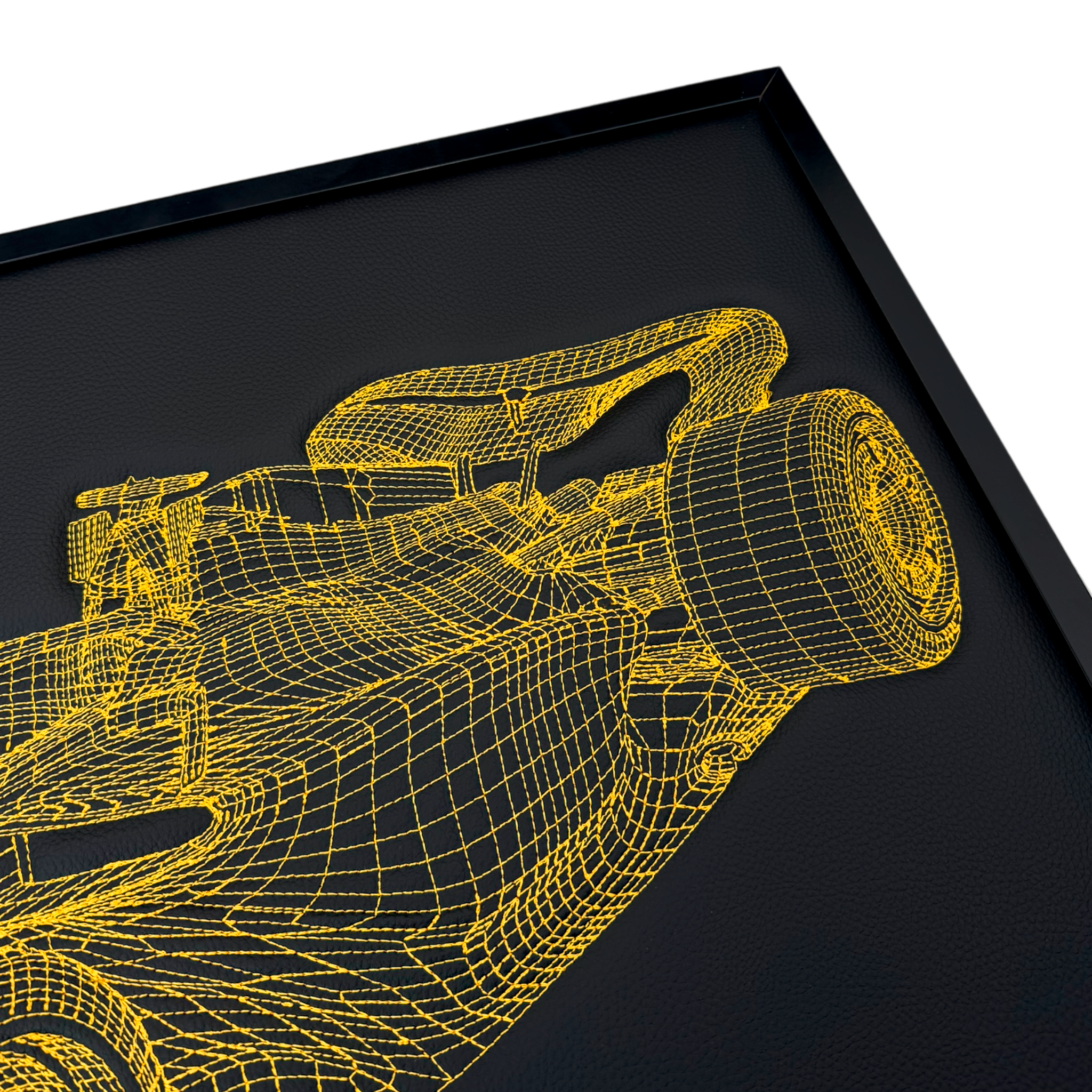Exploring the Hummer H3: Ruggedness and Comfort
I’ve always had a soft spot for the Hummer H3. It’s one of those rare SUVs that feels like it was hewn from a canyon wall yet still manages to make the weekday grind tolerable. The Hummer H3 was built by General Motors from 2005 to 2010, and even now it occupies a sweet spot for folks who want real off-road hardware without going full pickup or full Wrangler. I noticed right away—driving one on a rutted fire road outside Moab—that it’s more about capability than flash. And yeah, it still looks like a scaled-down H1 that’s been to finishing school.
Hummer H3 Performance and Off-Road Capability
GM built the H3 on a modified Colorado/Canyon pickup chassis, then gave it the gear that matters when you leave pavement. You get a low-range transfer case, proper ground clearance (about 9.1 inches), and approach/departure angles that embarrass most crossovers. When I tried it on loose rock, the traction control and low-range gearing made tricky climbs feel almost casual—like driving in slippers, only the slippers are steel-toed.
Hummer H3 engines and transmissions: what to know
- 3.5L inline-five (early years): around 220 hp, 225 lb-ft
- 3.7L inline-five (later): around 242 hp, 242 lb-ft
- H3 Alpha 5.3L V8: about 300 hp, 320 lb-ft
- Transmissions: 5-speed manual (rare), 4-speed automatic (most common)
- Transfer case: two-speed with low range; Adventure package added a locking rear differential
The inline-five doesn’t rush—it works steadily. Figure 0–60 mph in the low 10s for the I5, and roughly mid-8s to 9 seconds in the V8 Alpha, depending on tires and altitude. The brakes are disc all around and feel stout; on steep descents I liked how predictable the pedal was. With the right tires and the Adventure pack, it’s confident on sand, mud, and snow—quiet enough to hear your kids fighting in the back while you pick a line through a rutted climb.
Fuel economy: real talk
It’s not a Prius in camo. Expect roughly 13–16 mpg city and 16–18 mpg highway in the I5, a touch lower in the V8. A few owners mentioned to me they see mid-teens combined, which matches my experience. On the flip side, the H3’s short overhangs and low-range box get you places soft-roaders only dream about.
Interior Comfort and Features
Inside, the Hummer H3 is more “functional hiking boot” than “dress loafer,” but the materials hold up. Leather seats were common and surprisingly supportive on long trips—I did a six-hour highway stint and hopped out fresher than expected. The driving position is upright and commanding; visibility is mostly good, though the chunky A-pillars can hide pedestrians at awkward angles. Back-seat space is fine for two adults, tight for three, and the swing-out tailgate can feel old-school curbside.
- Supportive seats with durable upholstery (leather available)
- Simple, big-button controls you can use with gloves
- Air conditioning that actually keeps up in summer deserts
- Cruise control for the long hauls to trailheads
Want an easy way to tidy up the cabin? I’ve tried these tailored mats and appreciated the fit and how they swallow dirt after a day in the dunes.


Technology and Daily Usability
We’re talking mid-2000s GM tech here. The stock head units feel dated, and there’s no native CarPlay/Android Auto unless someone’s already swapped in an aftermarket system. That said, the basics—audio, Bluetooth via adapters, simple steering-wheel controls—get the job done. The H3’s part-time 4WD is easy to engage and, unlike some crossovers, you’re the boss of when it’s in two-wheel, four-high, or four-low. On the school run, it’s calm and unflustered; on washboard gravel, the suspension keeps the shake out of your spine better than you’d expect.
Hummer H3 vs. Rivals: Off-Road Specs Snapshot
| Model | Horsepower | Ground Clearance | Approach/Departure | Tow Rating | EPA mpg (approx.) |
|---|---|---|---|---|---|
| Hummer H3 (I5/V8) | 242 / 300 hp | ~9.1 in | ~37° / ~35° | 4,500–6,000 lbs | 13–18 |
| Toyota FJ Cruiser | 260 hp | ~9.6 in | ~34° / ~31° | 5,000 lbs | 16–20 |
| Jeep Wrangler Unlimited (JK) | 202–285 hp | ~8.7–10.2 in | ~38° / ~31° | 2,000–3,500 lbs | 16–21 |
| Nissan Xterra Pro-4X | 261 hp | ~9.5 in | ~33° / ~29° | 5,000 lbs | 15–20 |
Figures vary by year/trim and equipment, but you get the idea: the Hummer H3 hangs with the usual suspects—and often beats them on breakover/approach angles thanks to those stubby overhangs.
Ownership Notes: Reliability, Quirks, and Costs
In my experience, a well-maintained H3 is a sturdy thing. Still, a few items are worth a look when shopping used:
- Early I5 cylinder head issues were addressed by GM; verify service history
- Suspension bushings and alignment can go if it spent life off-road—watch for uneven tire wear
- Window regulators and sunroof drains (if equipped) can be fussy; check operation and for leaks
- Steering intermediate shaft clunks are not uncommon; usually fixable without drama
As for maintenance, it’s straightforward truck stuff: regular oil changes, transfer-case fluid checks, and keeping an eye on diff fluids after water crossings. If you wrench at home, the H3 is refreshingly accessible underneath.
Feature highlights that still impress
- Two-speed transfer case with low range
- Available locking rear differential (Adventure package)
- Serious approach/departure angles and stout skid protection
- Comfortable front seats and simple, glove-friendly controls
- Part-time 4WD so you’re not wasting fuel in full-time four
Conclusion: Why the Hummer H3 still hits the spot
The Hummer H3 blends real off-road talent with everyday livability in a way few mid-size 4x4s manage. No, it won’t win fuel-economy trophies, and the tech feels dated, but when the road turns into a suggestion, the H3 is calm, planted, and disarmingly capable. Add in a tough, easy-to-clean interior—plus simple upgrades like tailored mats—and you’ve got a premium-feeling trail companion that still makes sense today.
Hummer H3 FAQ
Is the Hummer H3 reliable?
Generally, yes—provided it’s been maintained. Check for documented service (especially early I5 cylinder head fixes), listen for steering shaft clunks, and inspect for leaks or uneven tire wear. Parts availability is still good.
What engines did the Hummer H3 have?
Most came with an inline-five (3.5L early, 3.7L later). The H3 Alpha got a 5.3L V8 with about 300 hp. Automatics are most common; some I5s had a 5-speed manual.
Is the H3 always in 4WD?
No. It’s a part-time 4WD system. You select 2H, 4H, or 4L as conditions demand.
How much does a Hummer H3 cost today?
Condition and trim drive price more than mileage alone. Expect roughly $10,000–$25,000 for clean examples, with H3 Alphas and low-mile Adventure models commanding more.
What’s the Hummer H3’s water fording depth?
About 24 inches when stock. Enter water slowly, know your exit, and re-check diff/transfer-case fluids after deeper crossings.














